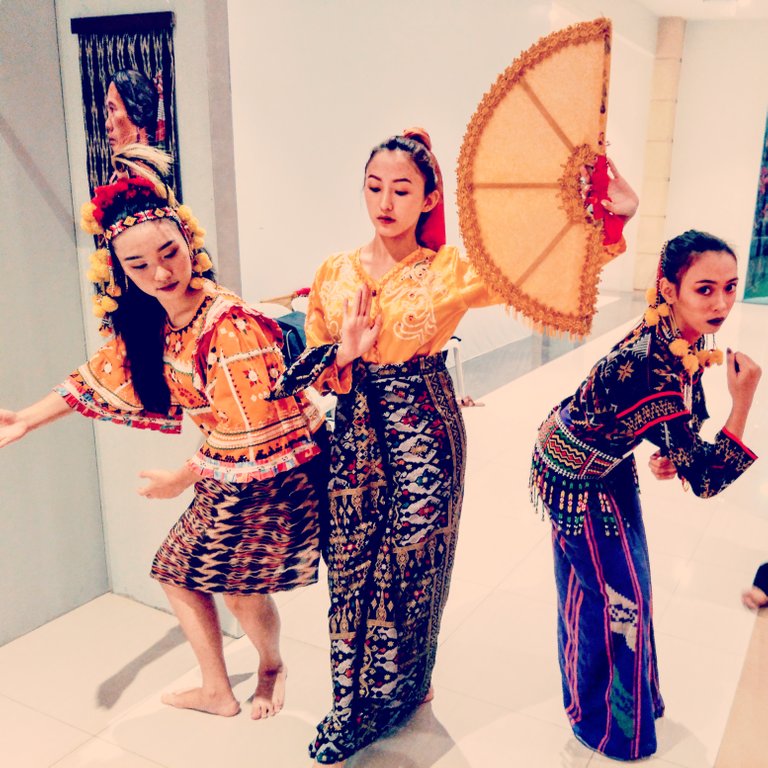
The City Ordinance
Indigenous People of the Philippines rights are recognized, promoted and protected by a law commonly known as:
1.) Indigenous People's Rights Act of 1997.
2.) Republic Act 8371
It states:
Republic Act No. 8371—The Indigenous Peoples Rights Act (IPRA) of 1997
R.A. No. 8371—The Indigenous Peoples Rights Act (IPRA) of 1997
Republic Act (RA) No. 8371, otherwise known as the Indigenous Peoples Rights Act (IPRA) of 1997, has been around for almost fifteen years to recognize and protect the rights of the Indigenous People of the Philippines. More specifically, RA No. 8371 is an act to recognize, protect, and promote the rights of indigenous cultural communities/indigenous people, creating a national commission of indigenous people, establishing implementing mechanisms, appropriating funds therefor, and for other purposes. In simple words, the said Act provides indigenous peoples (IPs) the right to their ancestral domains and lands.
Indigenous peoples share distinctive traits that set them apart from the Filipino mainstream. While the mainstream Filipinos are Christians, the indigenous people are the non-Christians. Accordingly, the IPs “live in less accessible, marginal, mostly upland areas. They have a system of self-government not dependent upon the laws of the central administration of the Republic of the Philippines. They follow ways of life and customs that are perceived as different from those of the rest of the population” (Cruz v. DENR).
PHJURIS: Laws and Jurisprudence in the Philippines and Elsewhere: Republic Act No. 8371—The Indigenous Peoples Rights Act (IPRA) of 1997
Accordingly, in Davao City, A City Ordinance was signed aligned with thid republic act:
It states:
It recognizes and requires prior consultation or orientation on the proper use of IP traditional attire during parades, exhibits, gatherings, presentations, and other related public activities relative to the appropriate and correct representation, pursuant to the mandate of the Republic Act 8371, also known as the Indigenous People's Rights Act of 1997.
The ordinance covers persons involved in the preparation, organization and performers of public events such as parades, exhibits, gatherings, and presentations including but not limited to the choreographers, instructors, managers, models, actors, dancers, singers and other performers, that showcase represent, symbolize and/or claim to showcase, represent symbolize the authentic IP attire and tradition of a particular tribe in Davao City.
But it does not apply to public and private events, which showcases any form of creativity, using only cultural/native/ethnic-inspired themes that promote innovation in the field of art and ingenuity.
However, the organizers and persons behind any cultural/native/ethnic inspired gathering and events are urged to exert earnest effort to be consistent with the traditional IP attire and give due respect to the significance of every color, cut, design of the same in accordance with the IP culture and tradition of the concerned Indigenous Cultural Communities/IP used as inspiration for the theme of the event,
A certification as proof of orientation and consultation issued and signed by the Office of the Cultural and Community Affairs (OCCA) will be required from any person, groups of persons, organization, entity, establishment, whether private or public, who seeks to use IP attire for the purpose of representing/attributing/ exhibiting a recognized IP/Indigenous Cultural Communities (ICC) in Davao City during public activities and other public events.
Use of IP attire without consultation, and those who will not follow the proper attire agreed during the cultural orientation conducted by the tribal community is punishable with a warning or reprimand for first offense, a fine of not less than P500 but not more than P1,000 at the discretion of the court, and a required attendance on a cultural consultation/orientation for second offense, and a fine of not less than P1000 but not more than P2,000, at the discretion of the court and a required attendance to a cultural presentation/orientation seminar for the third offense.
SunStar Philippines Article: Ordinance on Proper Use of IP Clothes Signed
ARTISTIC REPRESENTATIONS
It is now a City ordinance that we must stay true in depicting Filipino Culture to avoid disrespecting the Indigenous People with their culture and beliefs they treasure.
It was discussed by Elenita Dumlao, a well known and master visual artist what are the Do's and Don'ts about ART and thr IP.
(1) KNOW YOUR REFERENCES
The first step in art making especially if you wish to depict ethnic culture is to know who you want to draw.
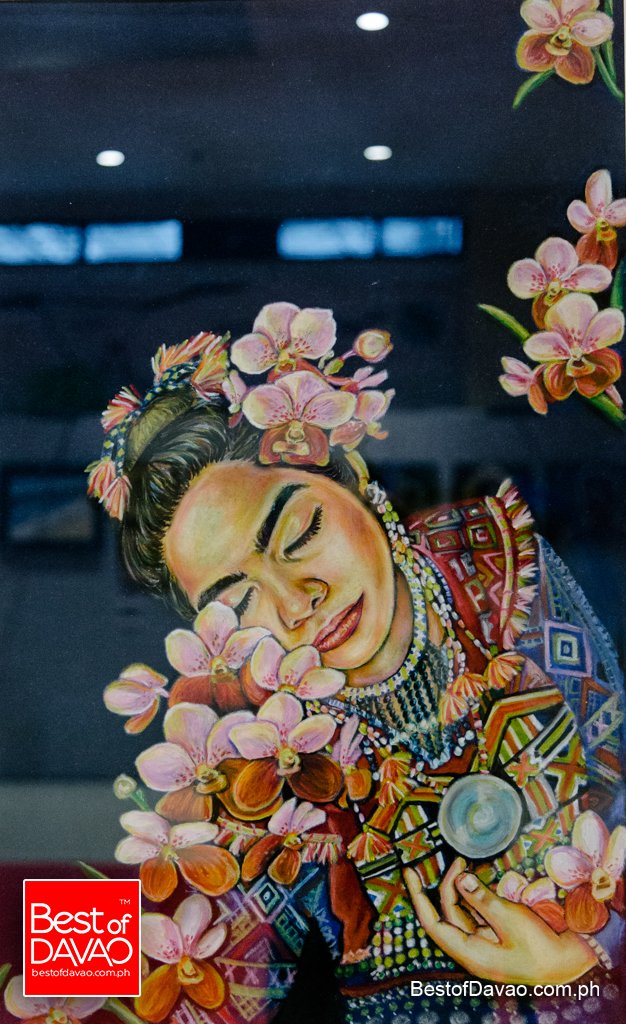
Best of Davao, Photo by Jeffrey Wee
My artwork here is Mindanao Culture. The ethnic attire of the woman here is Mandaya tribal costume.
Is my representation correct?
Identity is very important to everyone. Before I drew my subject, I did research and asked people who knew a lot more than I did in terms of artistic presentations.
My reference for the attire I got from my friend who is a native of the Mandaya Tribe.
I am confident of the precision of the designs of the outfit.
(2) Ask Permission from the photographer or model who you want to borrow pictures from.
It is frowned upon to copy an image you just googled says Elenita. Why? Because thousands of other people would be using the exact picture as a reference. That would be less original and is not good for an artists reputation and marketing art.
So ask permission:
For my two models, I asked permission from Pamela, and her photographer, Eden.
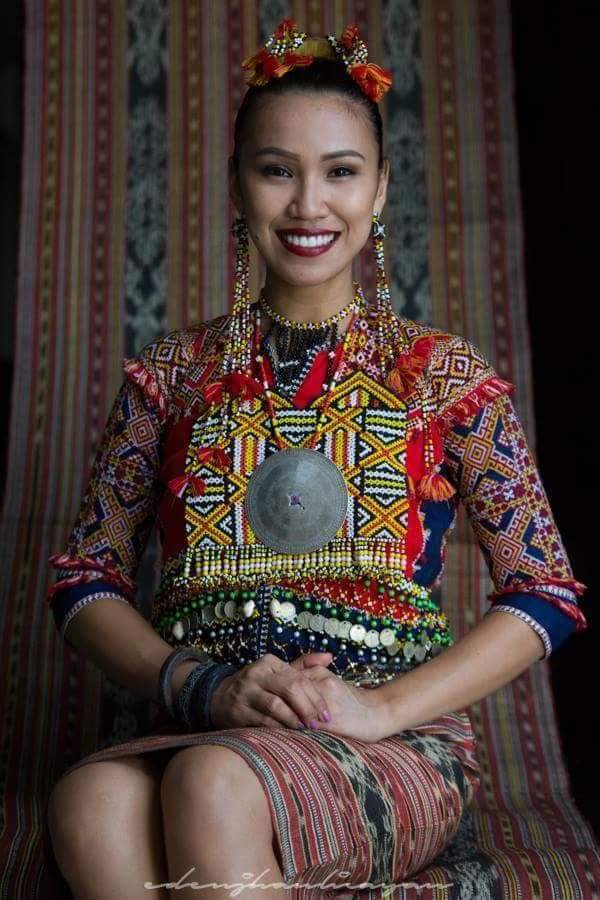
For the posing and face, I asked permission from my friend, Kit Cane. Thankfully they all graciously said yes.
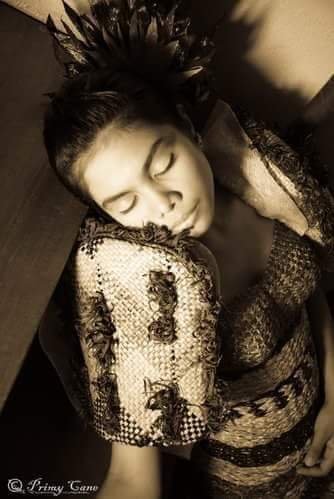
Altogether my drawing reference is not something you could find in google.
(3) The 10% Rule
What does this mean? It means you have the option to give 10% of your earnings in selling your art to the model or contributor of your reference/s.
It is optional but like our speaker Amanda said, "If an artist made 100,000 pesos out of my face (or picture)"
Won't you feel bad if you weren't given credit.
Knowing about this I can give:
- 10% to my friends
- Or give them art that they might like to compensate for the 10%
(4) Shoot your own references
For better originality, avoiding copyright etc.
It is advised that you take your own photos.
📸 You can pose and shoot yourself
📸 Ask family or friends to pose for you
📸 Go outdoors and find inspiration and nice shots.
Sieze the moment!
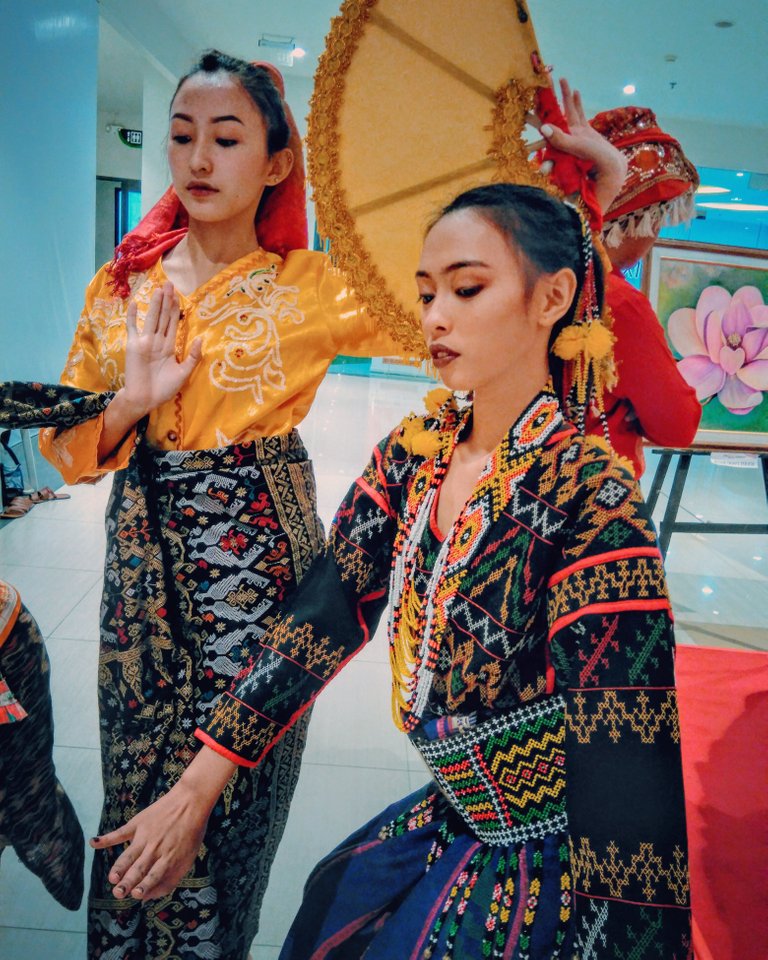

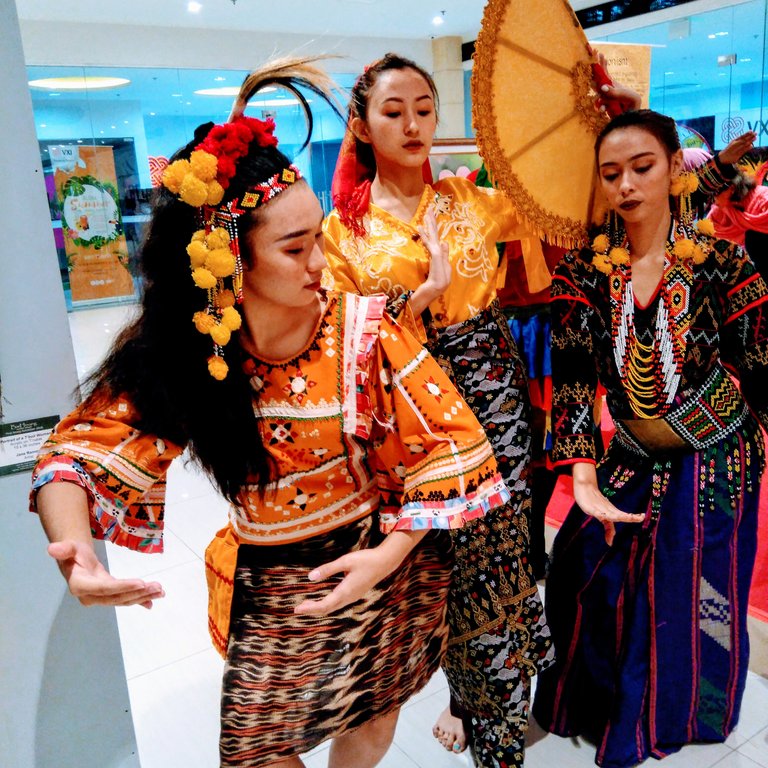
When the dancers (Kathara Group Inc.) were asked to pose, I took photos so in case I might need some pics, they're originally mine. And I can improvise from there.
The key is to be creative, you can change backgrounds, make it surreal, but make sure the people, their outfits are accurately presented.
(5) The Title vs. Your Art
One situation where most artists get tied to is putting a title that doesn't represent the ethnic tribe properly.
One example is drawing a bagobo and putting a title bagobo tribe and if suddenly a native of thr bagobo tribe sees your art and says,
"That is not bagobo!"
Maybe the art does not look like a bagobo for some reason, wring depiction etc.
This is a situation ma'am Elenita gave, to escape that confusion or complaint the artist can put a different title that is not related to describing the tribe.
That way there is no saying who or what tribe it is in your art. It can be identified as a Filipino ethnic tribe, but general and random.
You can't be sued that way
Safe ✔️
Your title can save you. If you're unsure, don't put a label on the cultural tribe.
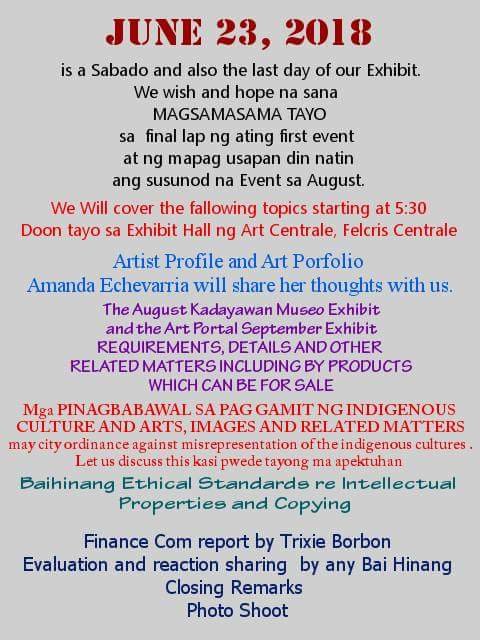
Photo by Elenita Dumlao
And that covers the topic for the Indigenous culture representation.
HOW TO MAKE AN ART PORTFOLIO AND ART EXHIBIT BASICS
The other discussion was about making an art portfolio, some basic Q&A and introduction, this is the link to that post:
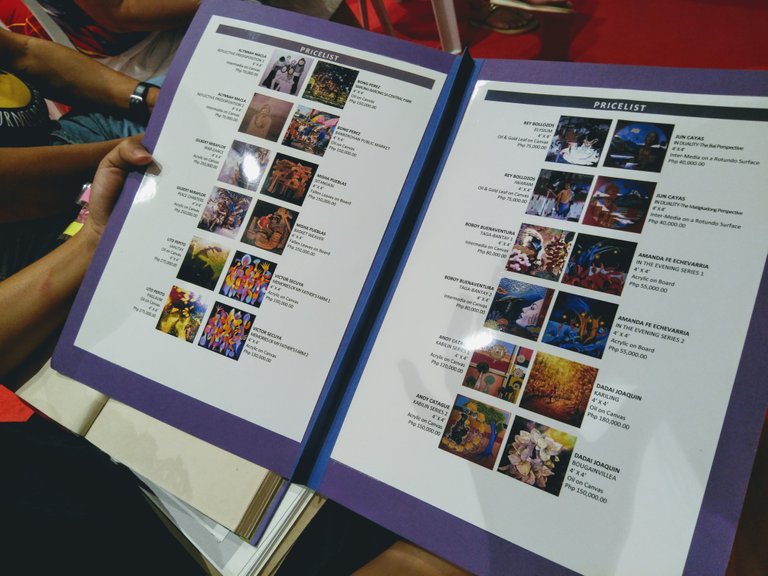 https://steemit.com/art/@jacinta.sevilla/making-an-art-portfolio-preparing-for-exhibits-let-s-learn
https://steemit.com/art/@jacinta.sevilla/making-an-art-portfolio-preparing-for-exhibits-let-s-learn
TO THE ASPIRING ARTIST AND PHOTOGRAPHERS
🇵🇭 I hope your aims to make art or shoot Filipino ethnic culture will be successful and most importantly accurate ✔️
I hope this is helpful and thank you so much for stopping by 🕊️
🌍🌎🌏
THE ENVIRONMENT CALLS FOR YOU
HELP SAVE HER ♥️✨🕊️
Follow me to be updated with news on environment and animals. This includes:
Daily updates
Petitions
Donations
For all animals and the environment.

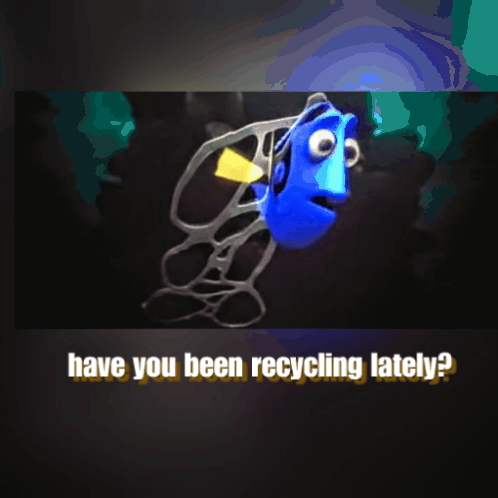
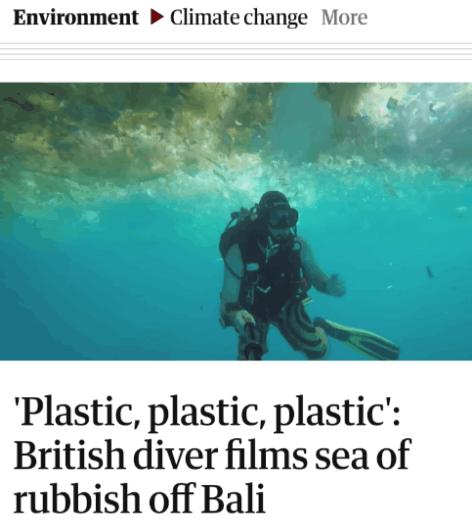
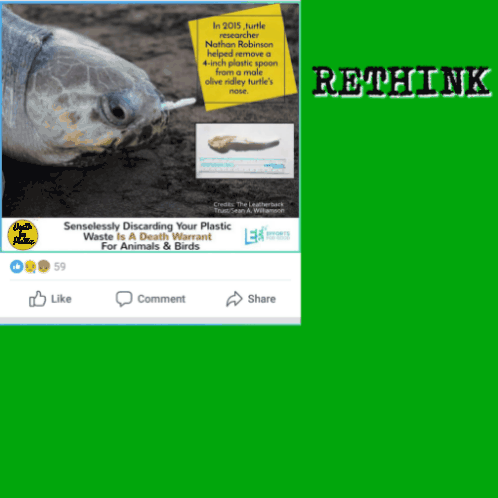
WE DO NOT INHERIT THE EARTH FROM OUR ANCESTORS, WE BORROW IT FROM OUR CHILDREN
🌏🌎🌍
😱IT IS IMPORTANT TO VOTE FOR WITNESSES☝️
I recommend these
@steemgigs
@blocktrades
@precise
@cloh76.witness
@ausbitbank
SOME AWESOME BLOGGERS
You don't want to miss😉
@gems.and.cookies
@anomadsoul
@surpassinggoogle
@bayanihan
@topkpop
@sirsensei
@hiddenblade
@juliakponsford
@juliank
@bayanihan
@deveerei
@korinkrafting
@fukumineko
@vocafrost
@noellesevilla
@kneelyrac
@sukiyakii
@sethlinson
@helene
@mattphilleo
@deemarshall
🦄✨❣️🌼
Proud member of
#steemph
#artguildph
#untalented
#steemitachievers
#steemitbloggers
#gratefulvibes
#steem-cartoon
That's all folks!
XOXO 💋
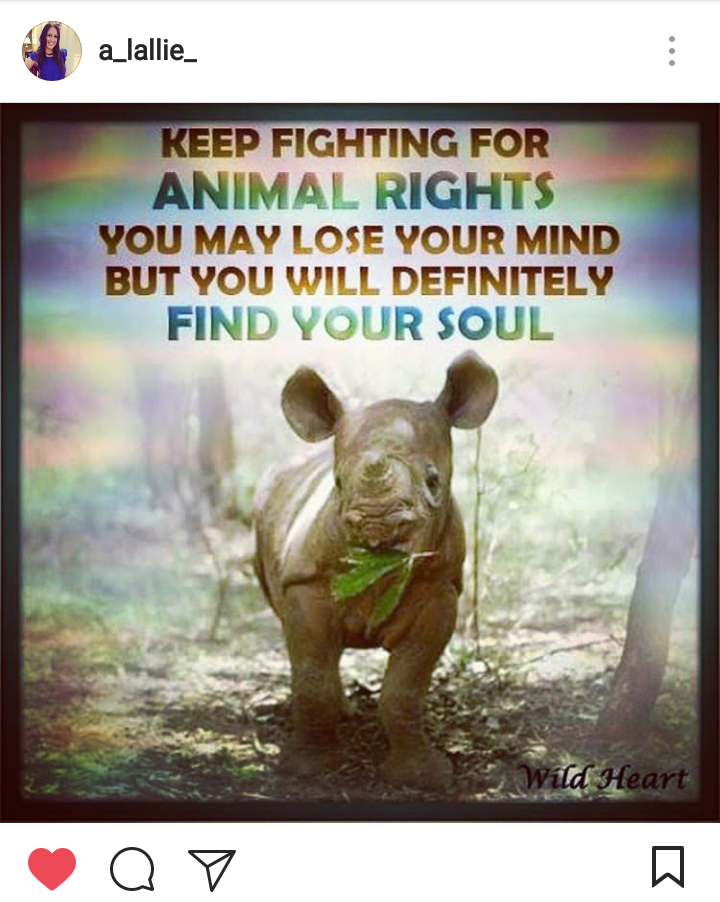



@jacinta.sevilla
Join us @steemitbloggers
Animation By @zord189
Thank you for crafting an amazing blog that exhibit Philippines' unique Culture and Tradition.Hi @jacinta.sevilla,
With that, we're grateful we have chosen this blog to be featured and upvoted by @onerace to empower impactful Philippines' Culture and Tradition blogs.
For June 24-25, 2018 Edition of Featured Posts, see link:
https://steemit.com/onerace/@onerace/onerace-update-june-24-june-25-2018-empowering-filipino-culture-and-tradition
Congratulations! Your post has been selected as a daily Steemit truffle! It is listed on rank 23 of all contributions awarded today. You can find the TOP DAILY TRUFFLE PICKS HERE.
I upvoted your contribution because to my mind your post is at least 9 SBD worth and should receive 74 votes. It's now up to the lovely Steemit community to make this come true.
I am
TrufflePig, an Artificial Intelligence Bot that helps minnows and content curators using Machine Learning. If you are curious how I select content, you can find an explanation here!Have a nice day and sincerely yours,

TrufflePig